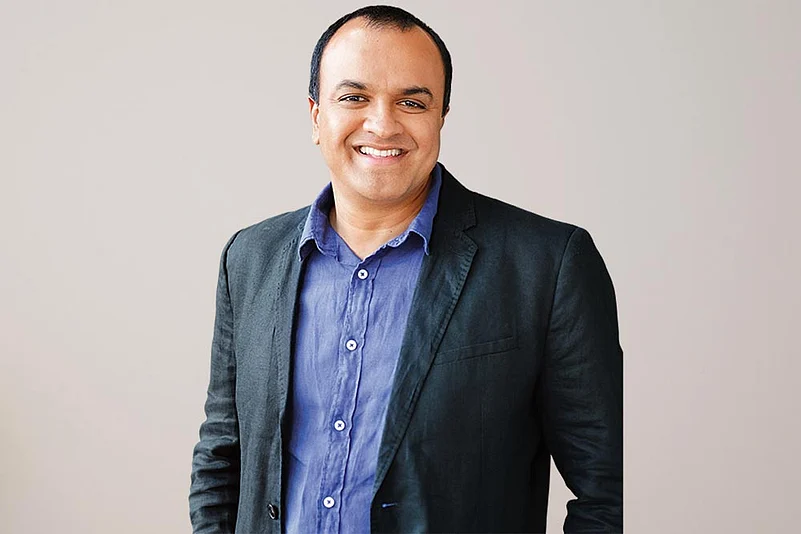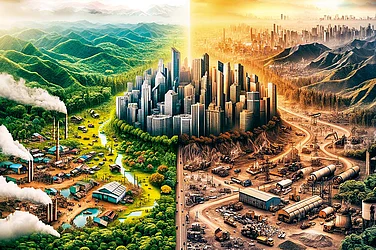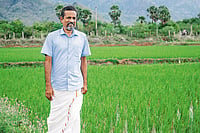YouTube’s evolution in the past few years
It started with a lot of traditional media companies coming on YouTube and the gradual emergence of creators. Now, creators essentially are of three kinds – those who are on the platform because of their talent (singing, dancing, fine arts, comedy, etc.); second are those who are very passionate about something (food, technology, fashion, make-up, etc); and third are the subject matter experts. In comedy, we saw the emergence of the likes of AIB (All India Bakchod) and gradually spread it to several languages; we had the first Tamil comedy channel way back in November 2014. Soon, we saw creators from across the segments of fashion, lifestyle and food emerging.
Also, the past 3-4 years has made YouTube emerge as the largest learning community. Today, more than 85% of the people coming on YouTube actually want to learn something. A creator may come on the platform for 15 seconds of fame but eventually realises that there’s business here. It’s not just about us putting an ad on their channel, but allowing and enabling them to build a community, which they can then monetise in several other ways.
We started memberships, through which a creator could convert its subscriber into a paying member. In return, creators could do member-exclusive videos, live-streaming, offline meet-and-greet, etc. Today, YouTube has eight revenue streams for its creators – advertising, subscriptions, memberships, Super Chat, Super Applause, merchandising, etc. Over the years, we are also seeing many of our creators doing branded content.
India VS World
In India, there are some nuances that are very different from how it is internationally. India is a video-first country so the gateway to the internet has become video. You’ll also find a lot of our influencers working with other video platforms as well. That’s great because that allows them to spread their wings and not become advocates of another platform. That, I feel, is very Indian. Secondly, we feel Indians have a lot more apps on their phone than people elsewhere. Many of our creators advocate financial literacy and stock broking apps – a behaviour that is unique to India. We are also seeing a lot of our creators work with local brands and bridging a regional connect.
Brands & Influencer Marketing
Let me give you two examples of the polarity in brands looking at influencer marketing. Last year, Nestle wanted to create awareness and sales around their brand masala-e-magic. We worked with some popular home chefs like Bharat’s kitchen, Kavita’s kitchen, Nisha Madhulika and created 20 videos for a four-week period in which they used the product in a very authentic manner. A lot of measurement was done and we concluded that the campaign had a positive outcome on awareness, branded search and add-to-cart ratio.
Another example is of upGrad, which teamed up with BeYouNick – a comedy creator – to create a web series called the Office Canteen, which was hosted on Nick’s channel. After season 1, they are now back with season 2 because of the overwhelming response, not just in the amount of user generated but also because the video trending and upGrad actually saw 52% increase in app installs.
Influencer Authenticity
YouTube is a mirror. It is built on authenticity over years, and it’s something that the entire community has done. So, it’s important for us to make sure that the platform is the safest possible for creators, users and advertisers. The backbone of the way things work are our YouTube community guidelines, which keep evolving. We take every creator through these guidelines. Two weeks ago, we had our annual creative camp, which was virtually attended by 5,000 creators. We launched a campaign called #createwithcare with 15-20 creators, who took a pledge to create content responsibly keeping in mind people from different genders, different ethnicity and different identities.
Rise of the Regional Influencers
There’s a village food channel by an old lady called Gangawa – a very unlikely creator. She also does branded content. Then there’s a creator with a channel Garden Up; she does home related branded content. There are several such examples. In fact, currently there are 4,000 creators with 1 million subscribers and over 114 creators with more than 10 million members on YouTube. And, they are spread across the length and the breadth of the nation.
Engagement Formats
Comedy, for example, has got even more depth now. Earlier, it was mostly stand-up comedy. But now, there’s vlogging, there’s sketch and there’s web series. Comedy, by itself, has become a lot deeper because of the different content formats and deep interplay of brands. Another segment is gaming. Classically what happens is a creator playing a game, but recently, some of our gaming creators and comedy creators came together to design a talent hunt called iQOO Raid. That over a period of five weeks generated 6.5 million views and 1.5 million engagements and worked very well for the brand because this was not just streaming on one channel; it ended up creating about 9,800 videos across 2,400 channels. So, engagement is happening in many different formats and in different ways.
YouTube & Innovation
There is a song by The Eagles, called Hotel California with a very iconic line -- you can check out anytime you like but you can never leave. YouTube creators, typically, take two or three years to build the community thinking advertising and revenue share. They gradually discover other revenue streams and then reach a milestone after which they start doing branded content. In fact, we encourage our creators to understand the other platforms as they have understood YouTube.


























